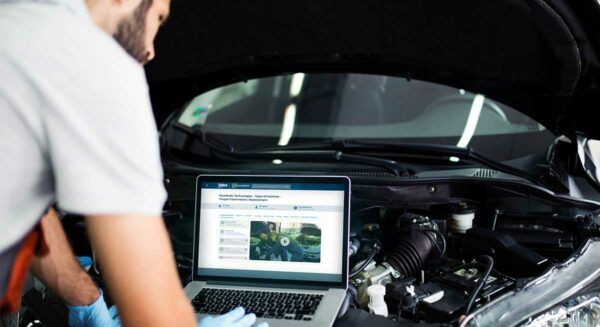How today’s students imagine the car of tomorrow
The fourth edition of the Valeo Innovation Challenge drew to a close.
In four years, the contest which offers students from around the world the opportunity to become players in automotive innovation, gathered more than 15,000 students from 3,500 schools in 90 countries.
On the heels of its massive success, the challenge has gradually taken on the dimension of a true “in vivo” survey on how these students imagine the car of tomorrow. Here are the key takeaways …
The connected car for increased safety
The first major finding is that almost half of the projects submitted during the competition concern road safety technologies.
Participants made a strong connection between safety and connected cars. Once a car is able to communicate, it can interact with the outside world. Its sensors enable it to characterize its environment and identify potentially dangerous situations. All the connected data can then be usefully shared with other vehicles and surrounding objects.
- 2017 – The SPMIP team from the Warsaw University of Technology (Poland) who won the second place award. Their system is capable of analyzing the state of the road and detecting the presence of ice invisible to the naked eye. A signal is sent to nearby vehicles to warn them and prevent a potential accident or unsafe situation.
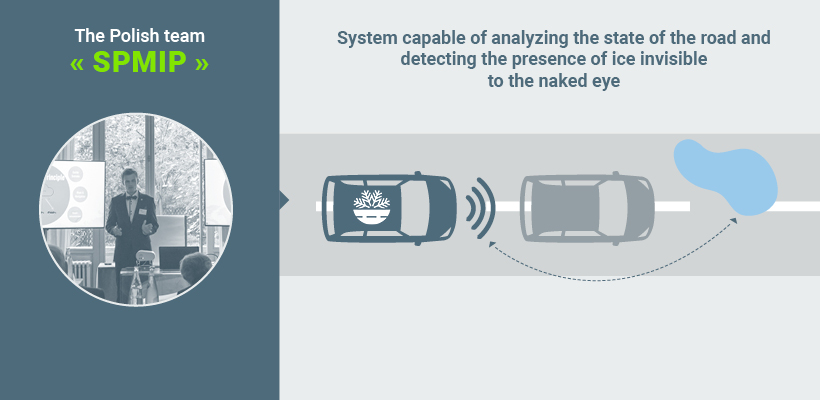
- 2016 – The Indian “M. A. D.” team from the Sri Aurobindo International Center of Education in Pondicherry, won second place with a proposal based on satellite navigation that alerts the driver in real time of a likely collision.
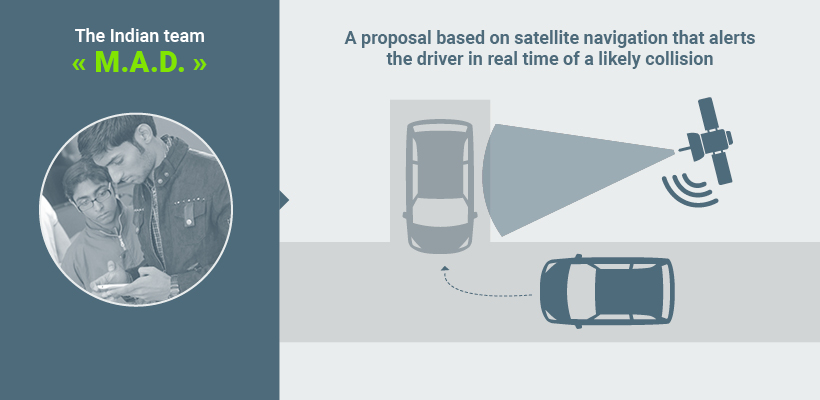
Environment in mind: lowering CO2 emissions
The second noteworthy insight we drew from the challenge is that 25% of the projects are aimed at reducing energy consumption in the broadest sense, thanks to technologies designed to make the car more economical, cleaner and environmentally friendly
This year, 3 of the 7 finalists presented projects in this category.
- Spanish Ecopilot team from the University of Granada, proposed a system for real time detection of polluting emissions.
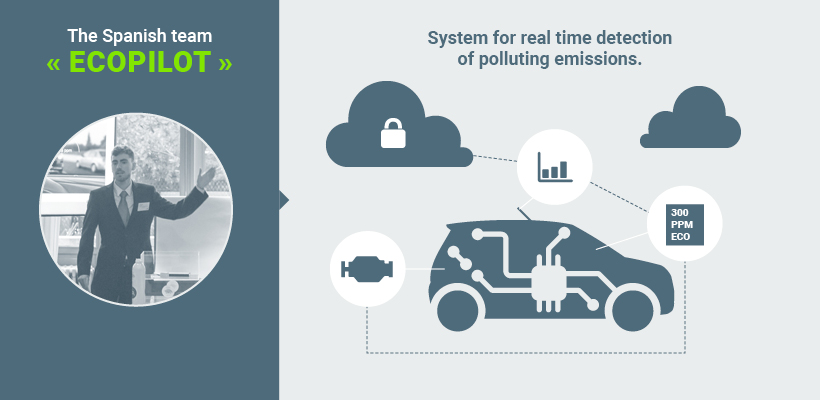
- Mexico’s Cley team (the Autonomous University of San Luis Potosi) won the 2017 contest by proposing a new energy recovery system that creates hydrogen during the braking phases of the vehicle. That hydrogen then mixes with the vehicle’s gasoline, which improves the combustion efficiency of the engine.
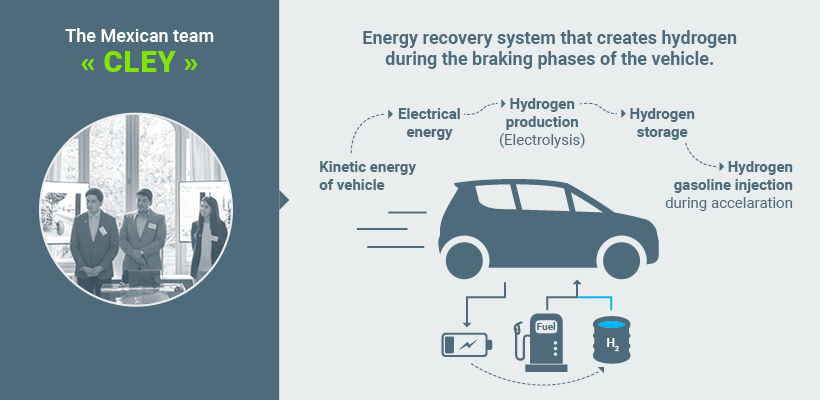
- Finally, the Greek Clustergy team (the National Technical University of Athens) imagined a system for the transfer of electrical energy between “supplier” and “receiver” vehicles during the journey itself. This process serves to optimize the vehicle’s energy requirements during its travels.
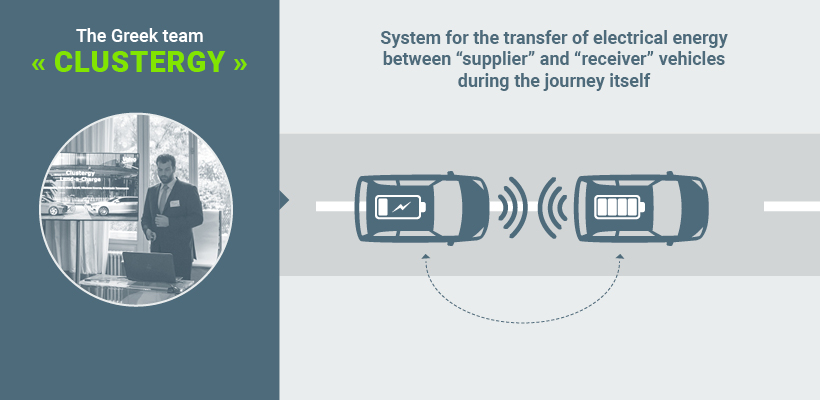
Imagining life on board
Across all editions, 15% of the projects favored life on board meaning passenger comfort and/or entertainment. And there are a few futuristic ideas worth mentioning:
- The Futucity team of the Jan Matejko Academy of Fine Arts – Kraków, Poland. Futucity was crowned the winner of the 2017 edition by proposing an autonomous vehicle serving as a means of transport, delivery, and as a sleeping capsule. At night, parking spaces would become sleeping places, and vehicles become micro-sleeping rooms on-demand.
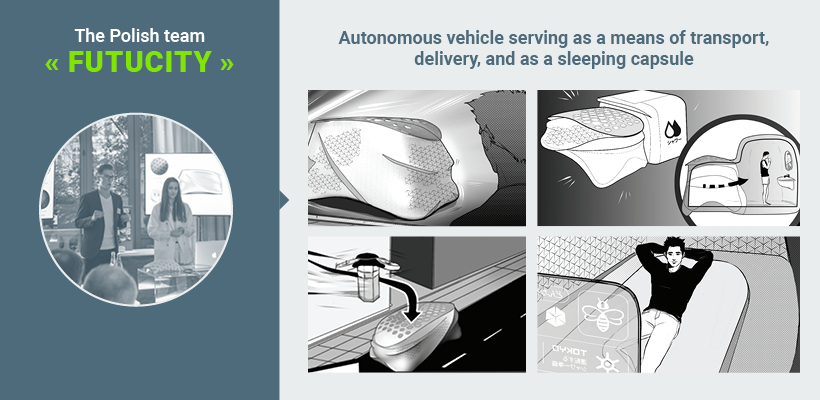
- The American team, Mahuaz (Northwestern University) won second prize last year for imagining how to transform the interior of a car into a fitness room: a way for the driver to take advantage of the ride to keep fit!
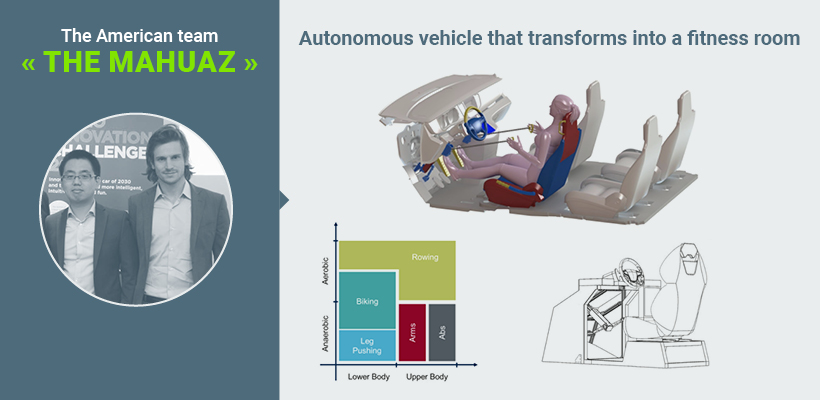
The road ahead …
For the fifth edition of the Valeo Innovation Challenge, the Group wishes to encourage entrepreneurial initiatives that will shape the future face of the automobile. Valeo invites students from all over the world to propose new solutions in one of these three areas: powertrain electrification, autonomous vehicles and digital mobility. The winners will have the opportunity to create a start-up to actually develop the innovation that their team pitches during the contest.
Similar News
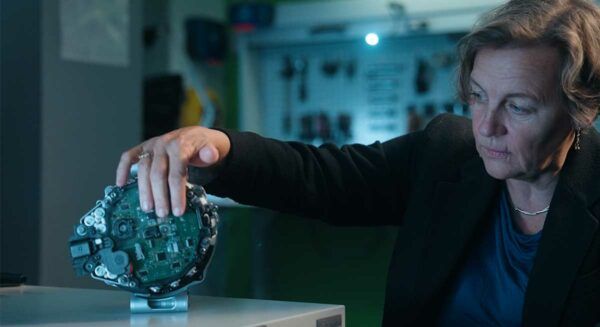
Valeo Group | Oct 23, 2024 | 6 min
20 years of Stop-Start system: from pioneering innovation to market standard
